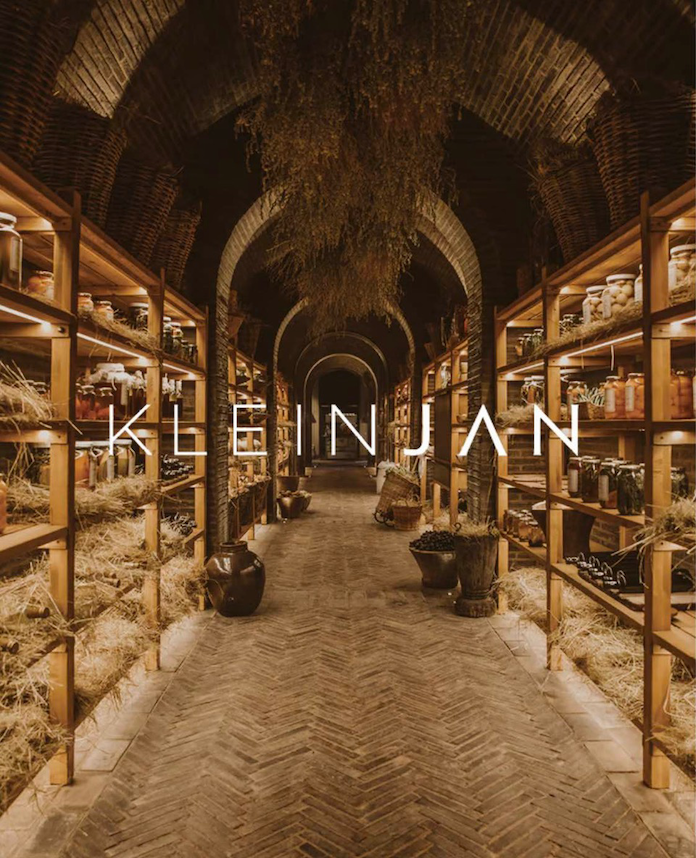Test of Time
How Nederburg Baronne Became a South African Institution
Who was it that said there’s no accounting for taste? So often, an entire culture can do an about turn on a matter that changes something of its fabric completely. Sometimes it makes sense, but at other times, it leaves historians mystified. One such shift in the South African wine world occured in the 1970s. In 1973, 80% of all vineyard land was dedicated to growing white wine grapes, but suddenly, local wine lovers – offered mostly fortified, sweet and quirky white wines since the mid-1900s – developed a taste for dry reds. No one knows why. Cars were queueing up at the gates of every winery that produced the style and overnight, demand began to outweigh supply. The South African wine industry was on the brink of one of the greatest changes in its history since the arrival of the Huguenots. But who would lead the pack?
GÜNTER BRÖZEL’S VISION
As the Cape Winelands went into a panic over a demand they could not yet meet (for one thing, newly-planted vines can only be harvested after about three years), Nederburg Wine Farm in Paarl had a distinct advantage. Cellarmaster Günter Brözel was already growing a Bordeaux variety of Cabernet Sauvignon – grown on only 2% of land under vine at the time – of which he was making two single varietals by 1973.
But Brözel wasn’t about to make just another dry red. The problem with reds back then was that they had hard tannins and sharp edges, which meant they had to be aged for another 5 years in the bottle before they would be enjoyable to drink.
Brözel’s vision was to create a blend that was both noble and classic yet instantly drinkable the moment it left the cellar. To do that, he surmised that he would need to introduce an element of plushness to the wine, which he did by bringing a Rhône variety of Shiraz – almost nowhere to be found in South Africa at the time – to his blend, which would add an evocative, spicy warmth that has remained a Baronne signature ever since.
BECOMING BARONNE
This was the stuff of legacy and Brözel knew it. Not in it for quick wins, he was guided by the philosophy of producing a wine in a “continuously renewable style of quality and perception.” Unlike other dry reds, his would be lower in alcohol and tannins, informed primarily by the grapes. He and his team also went to great pains to avoid vines infected with leaf-roll virus, which lent wines produced from infected grapes a gritty tannin structure.
In the cellar, Brözel had another advantage. His father was a barrel maker in his native Germany. From an early age, his father trained him in the art of barrel making, which only amplified his understanding of a barrel’s role in a wine’s development. He aged his new wine in huge foudré vessels crafted of old oak, pioneering what is almost synonymous with making red wine today.
WHAT’S IN A NAME?
Legacy demands a certain gravity, and so Brözel wanted the name of his new creation to reflect the nobility of the wine, belied only by its low price point. Even though it wasn’t a Bordeaux-style blend, Brözel wanted the name to be a nod to the region that inspired his wine.
Three great rivers converge in Bordeaux, the Gironde, Garonne, and Dordogne, all of which end in a sort of “onne” sound. In nobility, a baron receives such a title when he is given land by the king, but in French, the title ends rather softly, with more of an “oh” sound. Baronne, on the other hand, is his female counterpart – a great lady on whom land is bestowed.
How perfect, because it is exactly what Brözel had created; a noble wine of gravity that was also light and elegant. In that moment, Baronne revealed herself, and 50 years later, has lost nothing of her grace.
QUALITY ABOVE ALL ELSE
Today, Nederburg Baronne is an integral part of South African wine lovers’ lives – enchanting winos across the globe. In its 50-year history, Nederburg has never pursued big budget ad campaigns or bells and whistles to get the wine noticed. It has become an institution based solely on what is in the bottle, by upholding Brözel’s vision, and by never tampering with the essence of what makes Baronne so unique.

NEDERBURG BARONNE 2022
Beyond its deep ruby hue, an alluring bouquet of aromas beckon, revealing spicy cherry, and raspberry. A first sip is juicy and plush in the mouth with black berry, notes of cassis, a rich and textured twist of pepper and cinnamon. Enjoy with hearty dishes, like roast lamb or casseroles, steak or lamb chops, venison, beef burgers, or pizza and pasta dishes.















